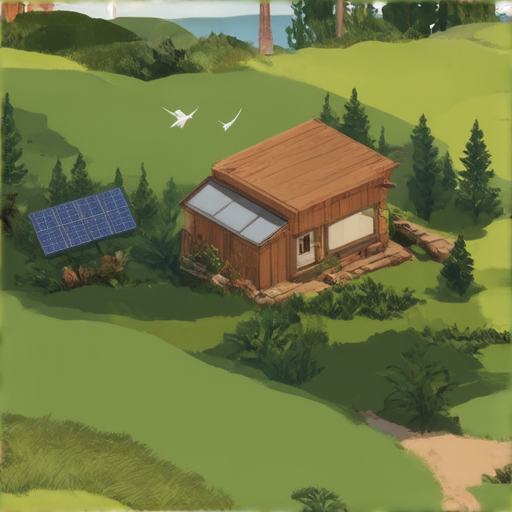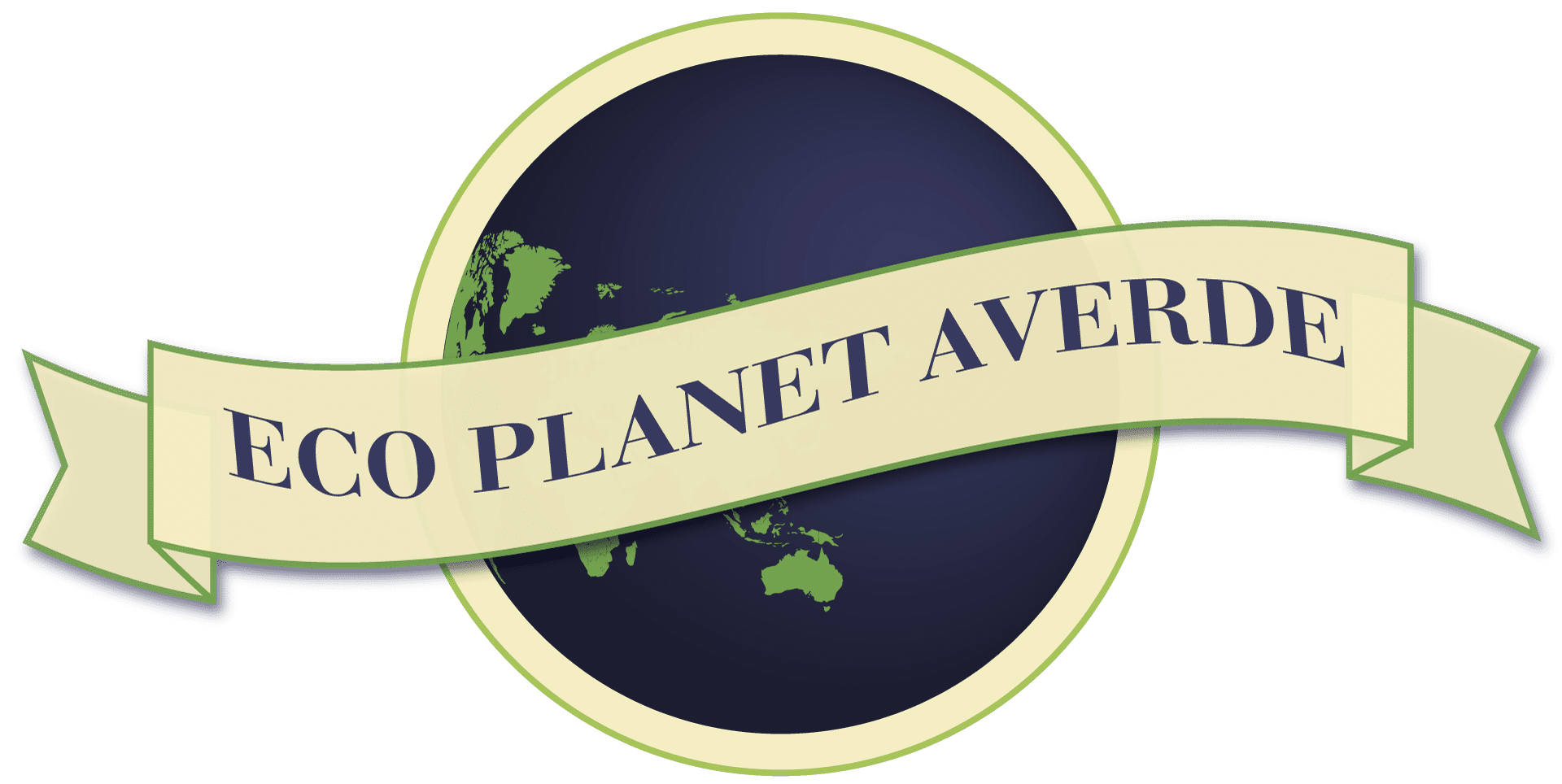Designing an eco-friendly home is a crucial step towards achieving a sustainable living solution for a greener tomorrow. By incorporating energy-efficient appliances and lighting, sustainable building materials, and insulation, homeowners can significantly reduce their carbon footprint and contribute to a healthier environment. With the increasing awareness of climate change and its devastating effects, designing an eco-friendly home has become a necessity rather than a luxury. Whether you’re looking to build a new home or renovate an existing one, understanding the concept of eco-friendliness and its benefits is essential. In this article, we’ll delve into the world of eco-friendly homes, exploring the different types of environmentally friendly houses, the costs associated with building such a home, and the various ways to make your home more sustainable.
What is an Eco-Friendly Home?
An eco-friendly home is designed to minimize its impact on the environment while providing a comfortable living space. According to our knowledge at Eco Planeta Verde, an eco-friendly home is built with sustainable materials and energy-efficient systems that reduce energy consumption and lower greenhouse gas emissions.
Definition of Eco-Friendly Homes
What is an Eco-Friendly Home?
An eco-friendly home is a dwelling that is designed to minimize its impact on the environment. This type of home is built with sustainable materials and energy-efficient systems that reduce energy consumption and lower greenhouse gas emissions.
How do eco-friendly homes benefit the environment?
Eco-friendly homes benefit the environment in several ways. They reduce energy consumption, lower greenhouse gas emissions, conserve water, and promote indoor air quality. By incorporating eco-friendly features, homeowners can significantly reduce their ecological footprint and contribute to a more sustainable future.
Eco-Friendly Home Features
Energy-Efficient Appliances and Lighting
Energy-efficient appliances and lighting systems are a crucial feature of eco-friendly homes. These systems reduce energy consumption and lower greenhouse gas emissions, contributing to a more sustainable future. At Eco Planeta Verde, we recommend using LED bulbs and energy-efficient appliances to minimize energy consumption.
Learn more about eco-friendly home design tips
Sustainable Building Materials and Insulation
Sustainable building materials and insulation are essential components of eco-friendly homes. These materials promote indoor air quality, reduce energy consumption, and minimize waste disposal costs. At Eco Planeta Verde, we recommend using reclaimed wood, bamboo, and low-VOC paints to construct eco-friendly homes.
Discover sustainable building materials for homes
What Makes an Eco-Friendly Home?
Eco-friendly homes are designed to minimize their impact on the environment, while also providing a healthy and comfortable living space for their occupants.
Definition of Eco-Friendly Homes
- Eco-friendly home design involves incorporating sustainable building materials, energy-efficient appliances, and renewable energy sources into the home’s construction.
- Eco-friendly homes also prioritize waste reduction and recycling, using materials that can be easily repurposed or reused.
Eco-Friendly Home Features
Eco-friendly homes often feature energy-efficient appliances and lighting, such as LED bulbs and solar-powered systems.
Energy-Efficient Appliances and Lighting
- Energy-efficient appliances, such as refrigerators and washing machines, can significantly reduce energy consumption.
- Solar-powered lighting systems can provide a sustainable alternative to traditional lighting sources.
Sustainable Building Materials and Insulation
- Sustainable building materials, such as reclaimed wood and bamboo, can reduce the carbon footprint of a home’s construction.
- Advanced insulation materials, such as foam insulation and radiant barrier insulation, can minimize heat loss and gain.
Renewable Energy Sources
Renewable energy sources, such as solar panels and wind turbines, can provide a sustainable alternative to fossil fuels.
How Can Solar Panels and Wind Turbines Power an Eco-Friendly Home?
- Solar panels can generate electricity from sunlight, reducing reliance on fossil fuels.
- Wind turbines can generate electricity from wind energy, providing a sustainable source of power.
Advantages of Investing in Renewable Energy Systems
- Renewable energy systems can reduce energy costs and increase energy independence.
- Investing in renewable energy systems can also contribute to a reduced carbon footprint and mitigate climate change.

Most Environmentally Friendly House Options
Eco-friendly homes offer numerous benefits, including reduced environmental impact, improved indoor air quality, and increased property value.
Green Building Materials
When it comes to building an eco-friendly home, the choice of materials plays a crucial role. Some popular green building materials include:
These materials not only reduce waste but also provide a healthier indoor environment for occupants.
Renewable Energy Sources
In addition to green building materials, renewable energy sources can significantly reduce a home’s carbon footprint. Some popular options include:
By incorporating these renewable energy sources, homeowners can significantly reduce their reliance on fossil fuels and lower their energy bills.
What Are the Key Components of a Self-Sustaining Home?
The cost to build a self-sustaining home can vary significantly depending on several factors such as location, size, materials, and features. According to the National Renewable Energy Laboratory (NREL), the average cost of building a net-zero energy home in the United States ranges from $150 to $300 per square foot.
Estimated Costs Associated with Different Components
- Solar panels:
- Installation cost: $15,000 to $30,000
- System size: 5-10 kilowatts (kW)
- Payback period: 7-10 years
- Wind turbines:
- Installation cost: $20,000 to $50,000
- System size: 2-5 kW
- Payback period: 10-15 years
- Rainwater harvesting system:
- Installation cost: $3,000 to $6,000
- Tank size: 1,000-5,000 gallons
- Payback period: 5-10 years
- Geothermal heating and cooling system:
- Installation cost: $30,000 to $60,000
- System size: 2-5 tons
- Payback period: 10-15 years
Additional Features for a Comprehensive Self-Sustaining Home Design
A comprehensive self-sustaining home design may require additional features such as:
- High-efficiency insulation: $1,000 to $3,000
- Double-glazed windows: $500 to $2,000
- Smart home automation system: $1,000 to $3,000
- Energy storage system: $5,000 to $10,000
Cost Considerations for a Self-Sustaining Home
According to the U.S. Department of Energy, the total cost of building a self-sustaining home can range from $200 to $500 per square foot, depending on the level of sustainability and features included.
Government Incentives and Tax Credits
There are various government incentives and tax credits available for eco-friendly home builders and homeowners. For example, the U.S. Department of Energy offers tax credits for energy-efficient home upgrades, and the National Renewable Energy Laboratory provides funding for research and development of new renewable energy technologies.
Outbound Link to U.S. Department of Energy
Inner Link to National Renewable Energy Laboratory
National Renewable Energy Laboratory
What Makes an Eco-Friendly Home?
Eco-friendly homes are designed to minimize their impact on the environment, reducing greenhouse gas emissions and promoting sustainability.
Definition of Eco-Friendly Homes
An eco-friendly home is a dwelling that uses environmentally responsible materials, energy-efficient systems, and sustainable practices throughout its construction and operation.
- Eco-friendly home design involves incorporating natural light, ventilation, and passive solar heating and cooling into the building process.
- Eco-friendly homes for sale can be found through online listings or local real estate agents specializing in sustainable properties.
Eco-Friendly Home Features
Eco-friendly homes often incorporate various features that reduce their ecological footprint, including:
- Energy-efficient appliances and lighting systems.
- Sustainable building materials and insulation.
These features not only contribute to a reduced carbon footprint but also provide numerous benefits for homeowners, including lower utility bills and improved indoor air quality.

Financial Planning for a Self-Sufficient Lifestyle
To determine how much money is needed to live off the grid, several factors must be considered, including the size and location of the land, renewable energy systems, water collection and filtration methods, waste management solutions, and other essential infrastructure.
Initial Costs vs. Long-Term Savings
The cost of setting up an off-grid homestead can vary significantly, ranging from approximately $12,000 for a small, basic setup to upwards of $460,000 for a larger, more comprehensive system. According to a study published in the Journal of Renewable Energy, the total upfront cost of an off-grid homestead can range from 10% to 30% of the property value (Journal of Renewable Energy). This highlights the importance of considering the initial investment required to establish a self-sufficient lifestyle.
Government Incentives and Tax Credits
Additionally, government incentives and tax credits can play a significant role in reducing the financial burden of establishing an off-grid homestead. For example, the US Department of Agriculture offers grants and loans to individuals who want to develop rural areas through sustainable agriculture and forestry practices. Furthermore, tax credits such as the Residential Renewable Energy Tax Credit can help offset the costs of installing renewable energy systems (IRS Website). By taking advantage of these incentives, individuals can reduce their upfront costs and increase their chances of success in establishing a self-sufficient lifestyle.
Alternative Income Streams and Resources
Another crucial aspect of financial planning for a self-sufficient lifestyle is identifying alternative income streams and accessing free or low-cost resources. For instance, individuals can consider starting a small-scale farm or garden to generate income from selling fresh produce. Moreover, organizations such as the National Off Grid Network offer valuable resources and guidance for individuals looking to establish off-grid homesteads (National Off Grid Network). By diversifying their income streams and leveraging available resources, individuals can better manage the financial risks associated with establishing a self-sufficient lifestyle.
Is It More Expensive to Build an Eco-Friendly House?
Eco-friendly homes can seem like a luxury, but the truth is that they can actually save you money in the long run. While the initial cost of building an eco-friendly home may be higher, the benefits far outweigh the costs.
A. Initial Costs vs. Long-Term Savings
The upfront cost of building an eco-friendly home can be significant, but it’s essential to consider the long-term savings. For example, a well-insulated home can reduce heating and cooling costs by up to 30%, which can lead to substantial savings over time.
- Eco-friendly home design plays a crucial role in reducing energy consumption and costs.
- Investing in renewable energy systems, such as solar panels or wind turbines, can also lead to significant long-term savings.
B. Government Incentives and Tax Credits
Government incentives and tax credits can help offset the initial cost of building an eco-friendly home. For instance, the US government offers tax credits for homeowners who install solar panels or wind turbines.
Eco Planeta Verde recommends checking with local authorities to see what incentives are available in your area.
Energy.gov provides a wealth of information on government incentives and tax credits for eco-friendly home upgrades.
Cost of Building a Self-Sustaining Home
Building a self-sustaining home requires careful planning and consideration of various factors, including energy efficiency, water conservation, and waste management.
A. Budgeting for a Self-Sufficient Lifestyle
Creating a budget for a self-sufficient lifestyle involves considering various expenses, including land acquisition, infrastructure development, and equipment purchases.
Eco Planeta Verde recommends consulting with experts to determine the feasibility of a self-sustainable lifestyle in your area.
Renewable Energy World provides valuable insights on the costs and benefits of self-sustainability.
B. Off-Grid Systems and Infrastructure
Off-grid systems and infrastructure are critical components of a self-sustaining home. These systems enable homeowners to generate their own energy, collect rainwater, and manage waste.
Eco Planeta Verde recommends researching different off-grid systems and infrastructure options to determine the best fit for your needs.
OffGrid.net offers expert advice on designing and implementing off-grid systems.

0 Comments